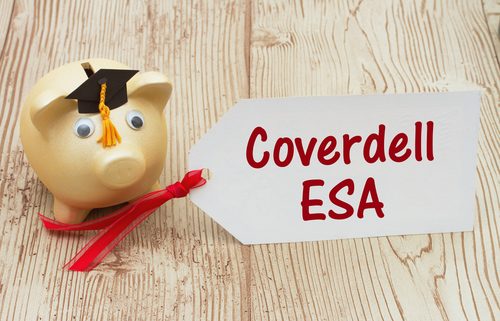The Top Questions of People Considering a Self-Directed CESA
When you need to save for a child’s education, it can be an intimidating process. You’re looking at years of planning, lots of saving, plus the possibility of using investment accounts you haven’t heard of. Fortunately, there is an account that keeps things simple: the Self-Directed CESA. But what is this account, how does it keep things simple, and what else do investors need to know about how it works? We’ve organized some of the most popular questions to help you better understand these accounts. Here are the answers.
What is a Coverdell Education Savings Account?
A Self-Directed CESA is an investment account you can use that includes certain incentives to help parents and students save for said student’s education expenses. Self-directing means that you have a lot of options for choosing the assets that you purchase with this type of account.
Who Can Use a Coverdell Education Savings Account?
If you’re using a Self-Directed CESA, you’ll typically name a designated beneficiary. This is the person whom the account benefits. This should be someone under the age of 18, or a special needs beneficiary. You won’t be able to use it to help save for education savings beyond these basic requirements.
What Does a Self-Directed CESA Need to Be Valid?
With the proper paperwork, this account needs to be designated a Self-Directed Coverdell Education Savings Account at the point of its creation. Also, the document creating and governing the account needs to be in writing and meet certain requirements, which is why so many people work through a Self-Directed IRA administration firm to help ensure that all of their needs are met.
How Much Can You Contribute to a Self-Directed CESA?
The total contributions for the beneficiary in this account cannot be more than $2,000 per year, in any given year. That’s true no matter how many accounts you might establish for said beneficiary—i.e., you can’t make $4,000 in contributions for the same beneficiary because you’re using two accounts. The total amount of contributions should not exceed the maximum allowable, no matter how many accounts you’re using.
How Do the Benefits Work?
How do the tax benefits work within an account of this type? Contributions are not deductible. However, the amounts deposited in the account will grow tax-free until distributed. This means that you’re using after-tax money to fund the account, but as the account grows and the investments get bigger, you do not have to pay additional taxes on the growth within the account before distribution.
Do I Owe Taxes on the Distributions?
It depends. In many cases, if the distributions are less than the beneficiary’s qualified education expenses at an eligible institution, there is a chance the beneficiary will not owe tax on the distributions. This is one of the incentives of using this account; it means that the money is ready to go and be put to work towards the education expenses of a beneficiary. However, consult with a tax professional to make sure that your individual situation makes sense and that you understand the tax implications of distributions from an account when it comes time to draw from the account.
Interested in learning more about Self-Directed IRAs? Contact American IRA, LLC at 866-7500-IRA (472) for a free consultation. Download our free guides or visit us online at www.AmericanIRA.com.




